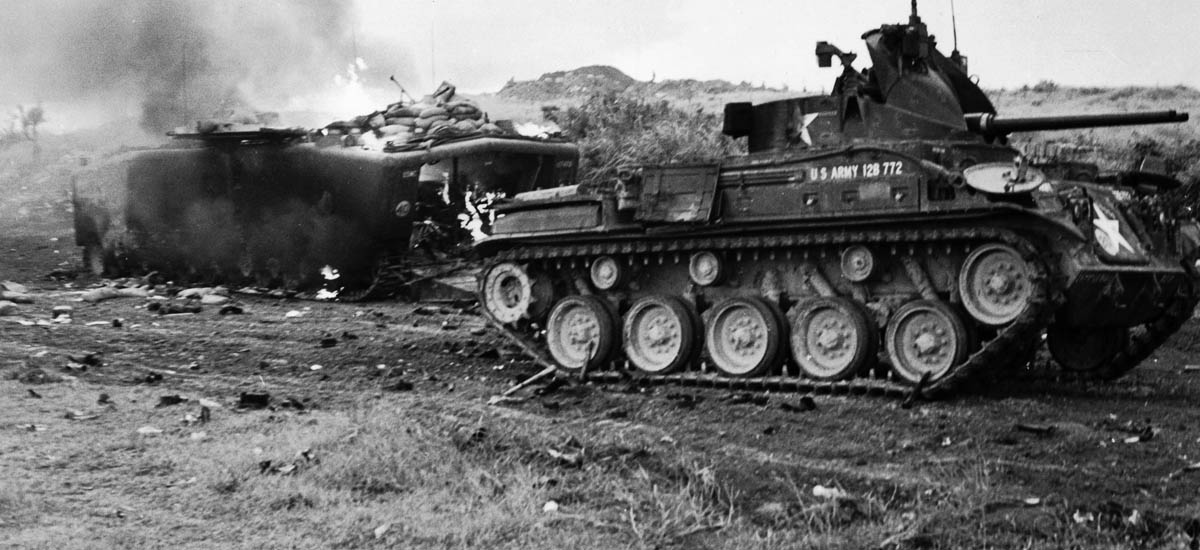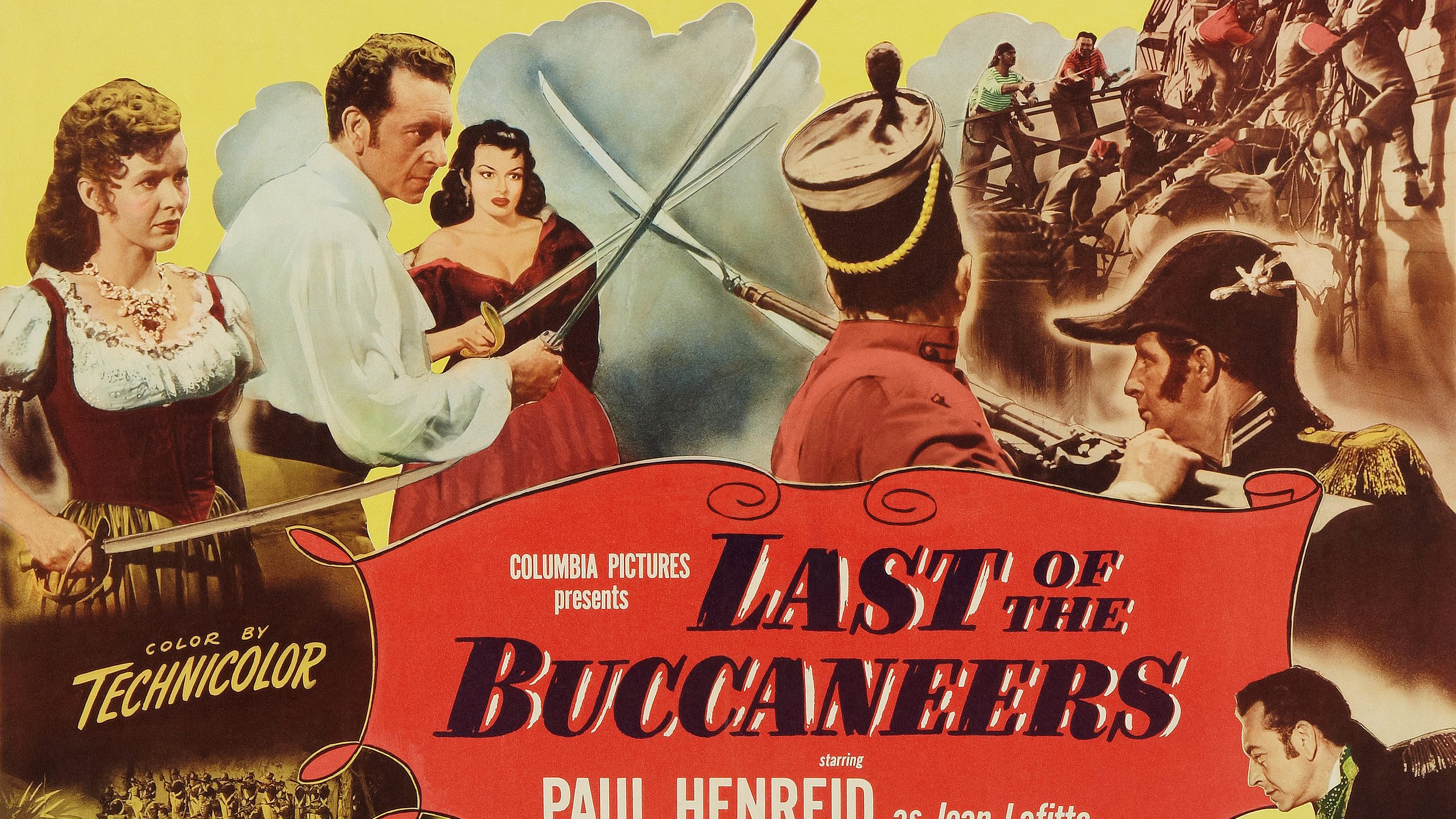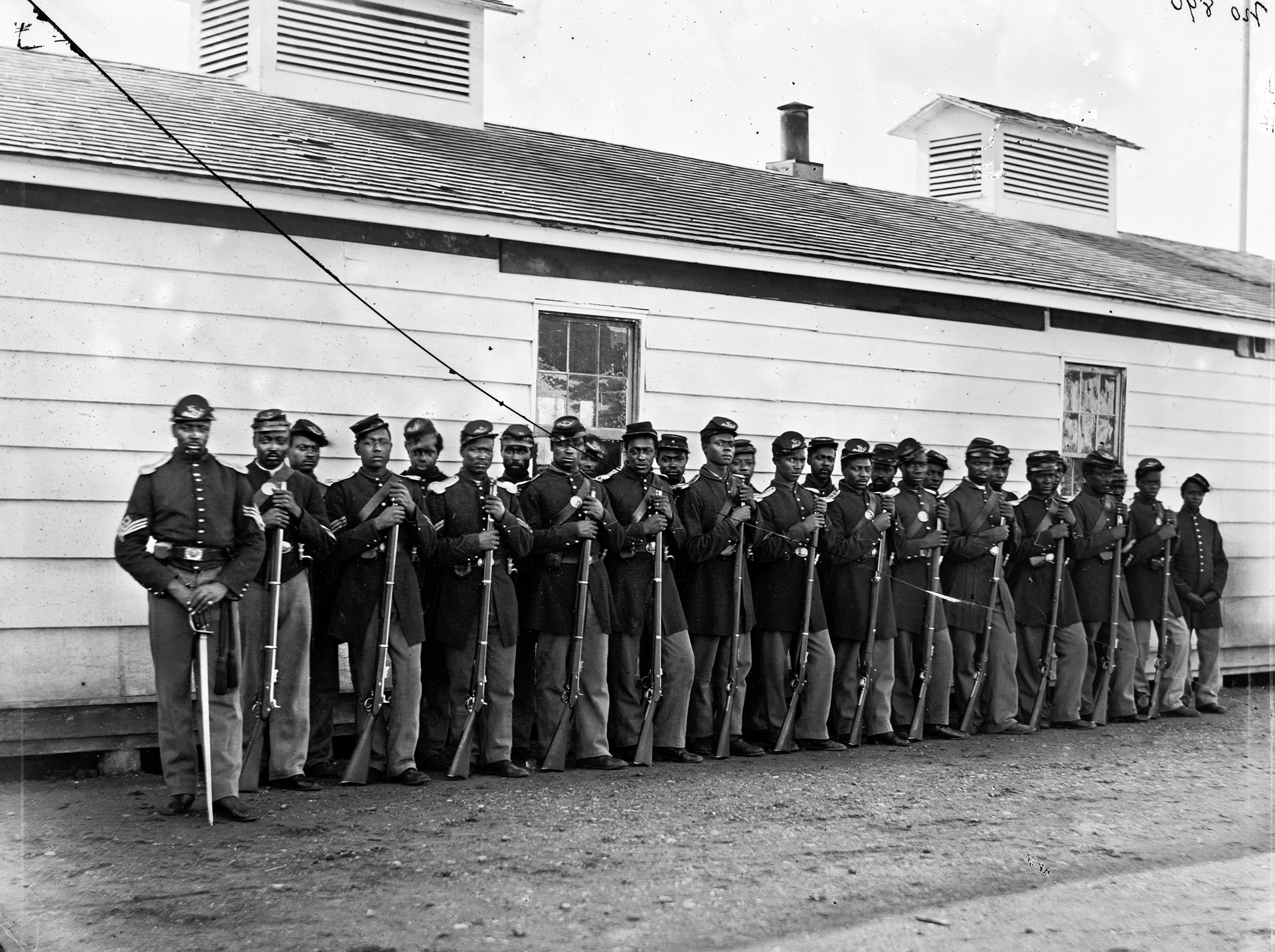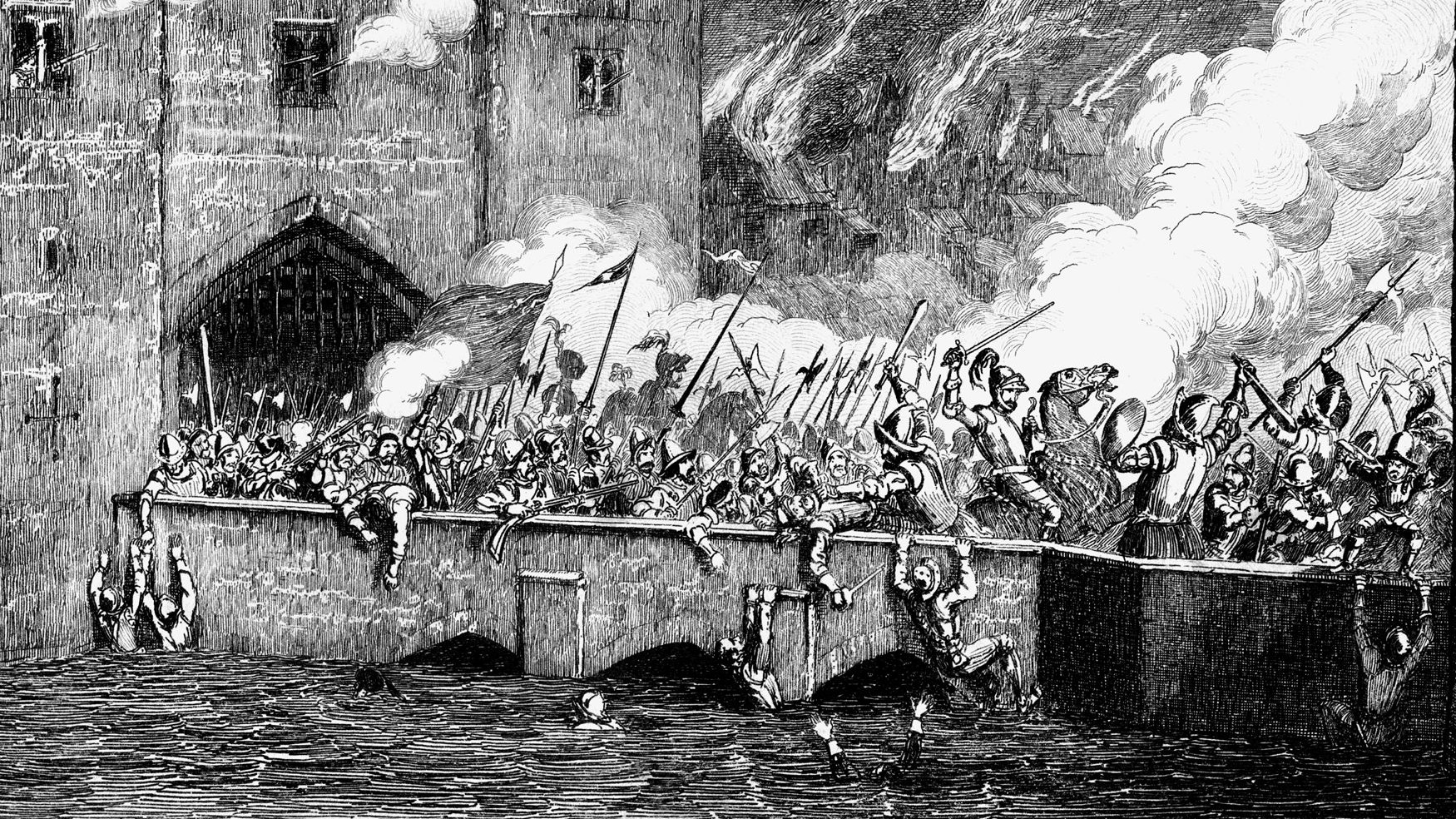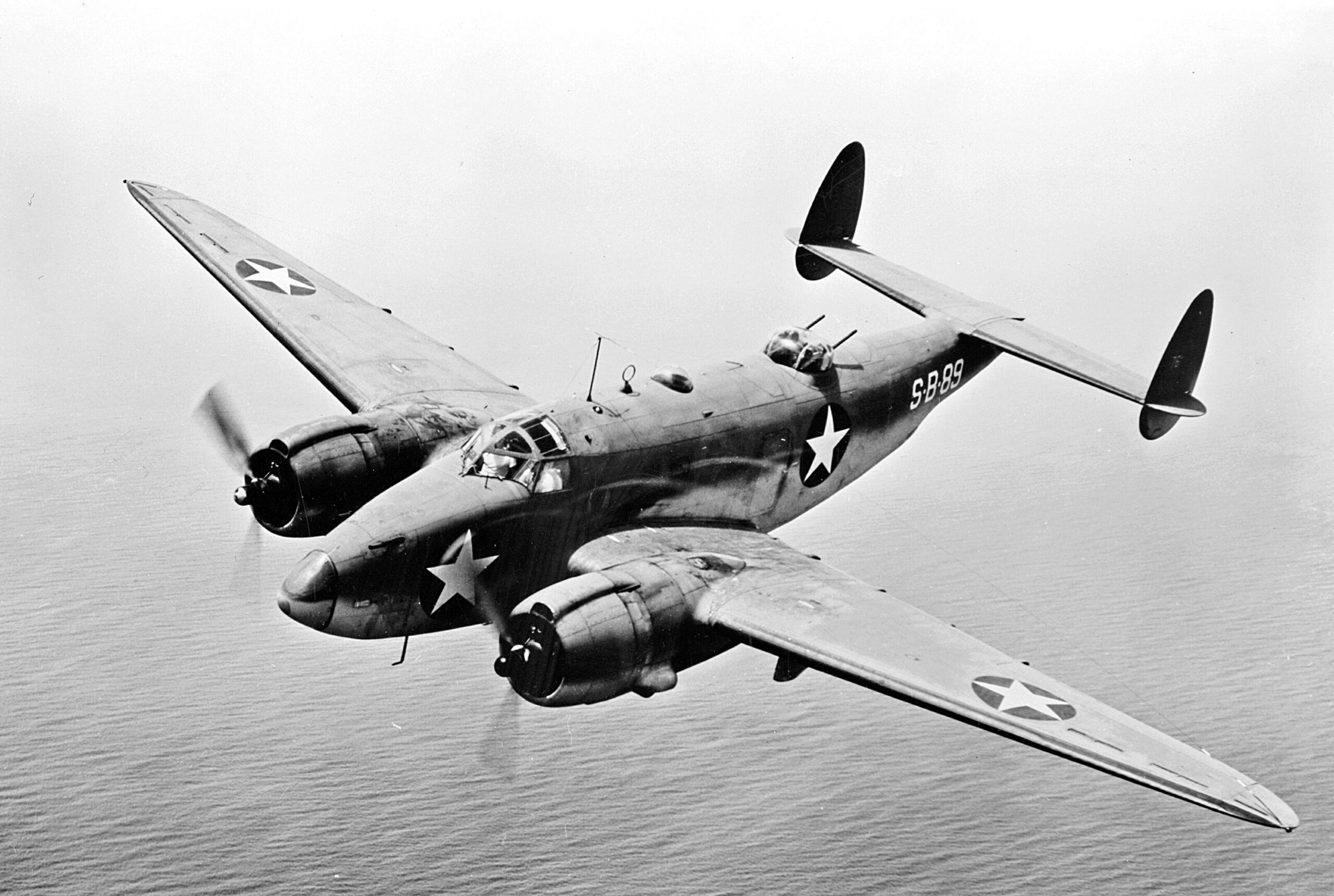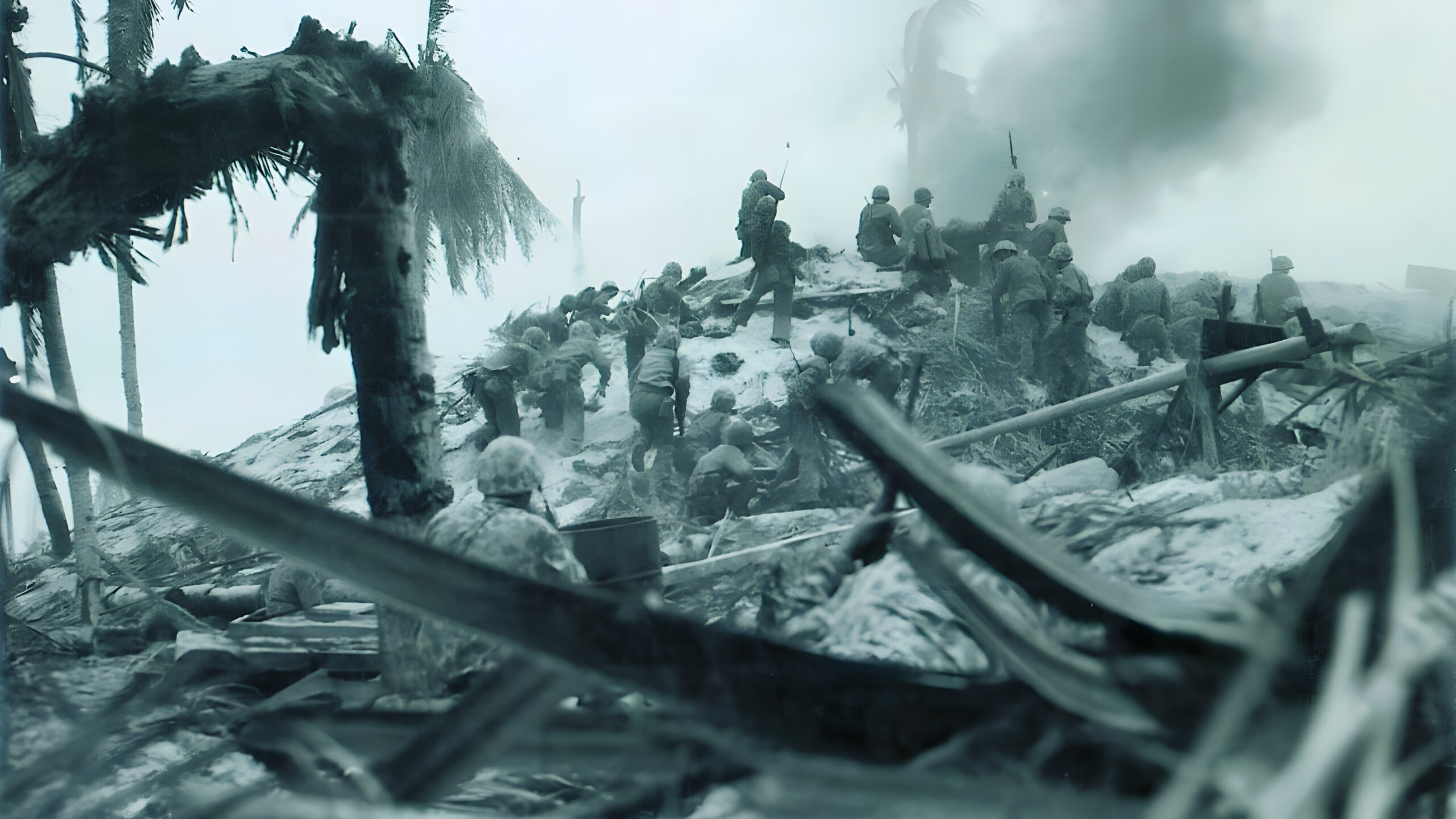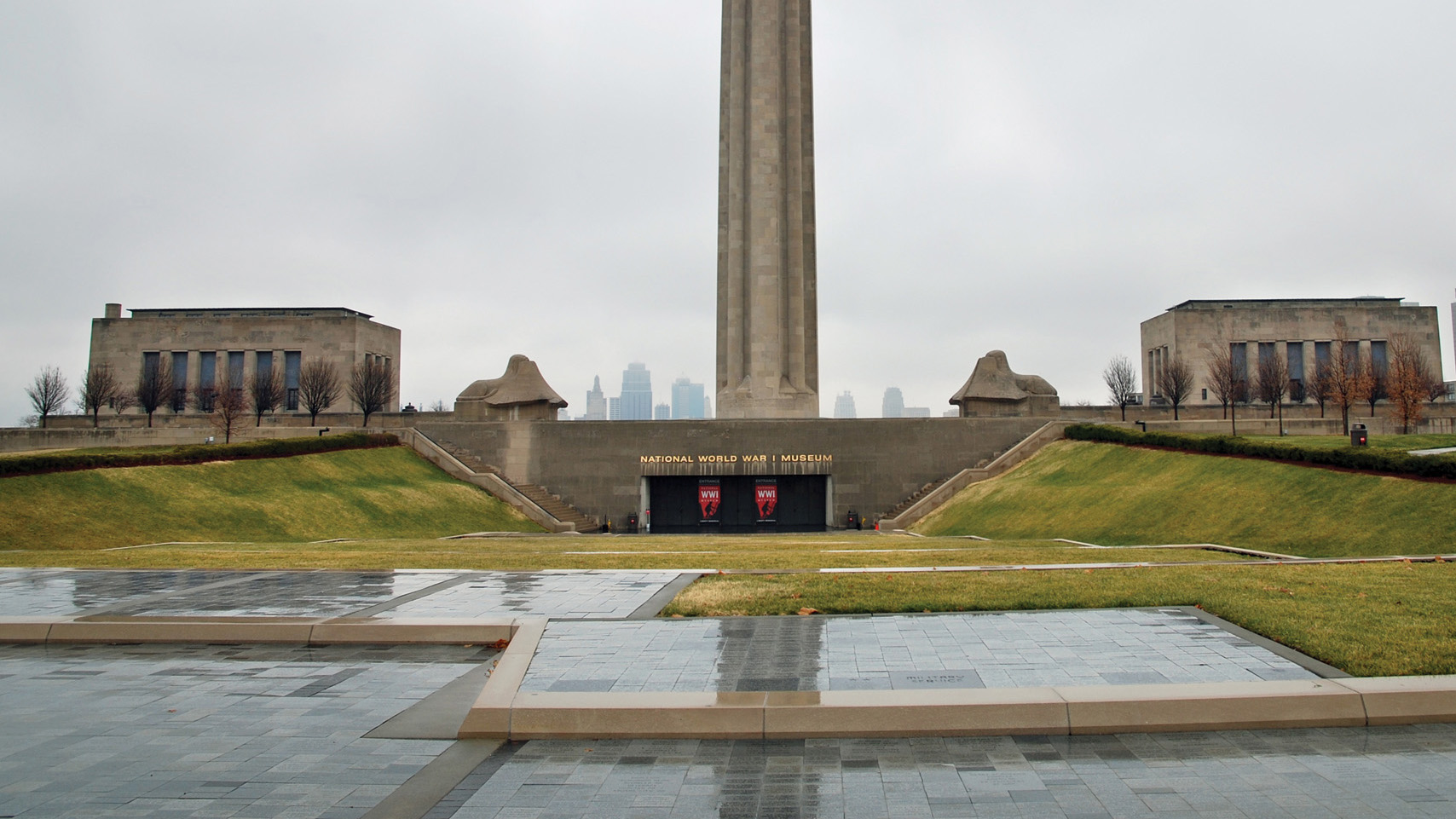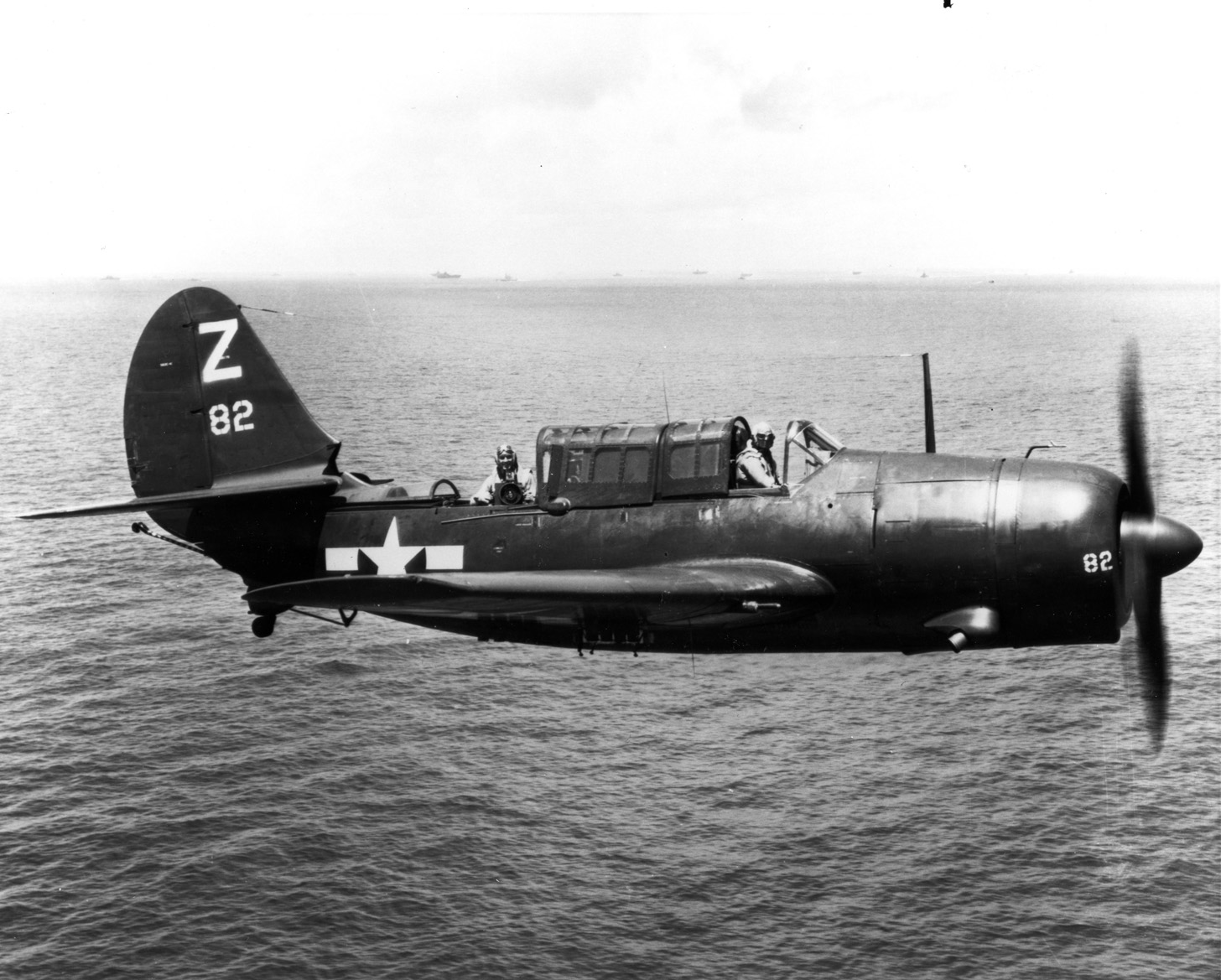By John E. Spindler
U.S. Army First Lieutenant Bruce Geiger participated in the protracted siege of Khe Sanh during the Vietnam War. For 77 days, the United States 26th Marine Regiment withstood the assault of three North Vietnamese Army divisions. During the famous siege, Geiger commanded A Battery from the 1st Battalion, 44th Artillery (1/44th), a U.S. Army air defense artillery battalion attached to the 3rd Marine Division, the parent unit of the 26th Marine Regiment.
A pair of M42A1 Dusters proved to be valuable components in the defense of the combat base’s airstrip. Positioned at either end of the airstrip with a company of entrenched Marines between them, the Dusters were greatly admired for the heavy firepower furnished by their twin-mounted 40mm Bofors guns. Geiger’s battery was augmented by four truck-mounted .50-calibre machine guns known as Quad-50s.
At the beginning of the siege on January 21, 1968, Geiger confidently told his commanding officer, Marine Corps Colonel David Lownds, that his Dusters and Quad-50s possessed sufficient firepower to repulse a North Vietnamese assault on the northern sector of the combat base should they attempt a human-wave attack. He based this not only on the confidence he had in his equipment, but also on the skill of the crews operating the weapons. Although severely tested over the course of the long siege, Geiger and his crews held their ground and helped to stop several attacks. With a firing rate of 240 rounds per minute, the M42A1s shredded North Vietnamese infantry assaulting the combat base, situated in the northwestern corner of the I Corps Tactical Zone defended by the U.S. Marines.
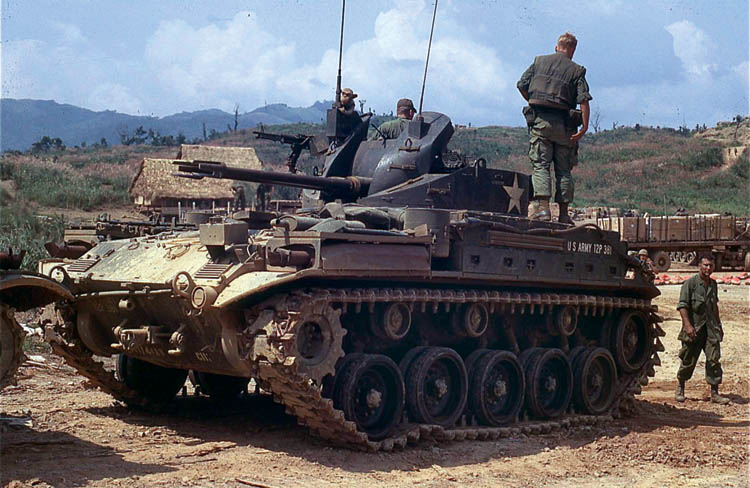
The M42A1 performed a variety of tasks for American forces in Vietnam. At Khe Sanh, the Marine commanders relied on their firepower for so-called harassment-and-interdiction missions. The Dusters to which Geiger was assigned went into action in March 1968, after the crews spotted the pith helmets of North Vietnamese infantry probing the combat base’s perimeter. One Duster fired upwards of 100 rounds at the targets. In so doing, the crew annihilated everything within a 100-meter radius. The engagement was over in one minute.
Dusters also played a crucial role in Operation Pegasus, tasked with re-opening the road from the coast to Khe Sanh in April 1968. Spearheading the relief column of the First Air Cavalry Division was a pair of 1/44th Dusters that belonged to C Battery. SP4 Joseph Belardo, one of Geiger’s friends, served on the crew of one of those Dusters. The two M42A1s remained at Khe Sanh until the Marine Corps eventually abandoned the combat base in February 1969.
From November 1966 to the end of December 1971, the M42A1 Duster served with three air defense artillery battalions in South Vietnam. Originally sent to South Vietnam to counter potential low-altitude attacks by the North Vietnamese Air Force, it was soon being used in various ground-support operations, such as defending combat bases or leading rescue missions. The Viet Cong both feared and respected the vehicle, giving it the nickname “Fire Dragon.” But the Americans called the M42A1 the Duster. Some say the name arose due to the amount of debris it kicked up when firing, while others remark that the name was derived from the intensity and effectiveness of its firepower while employed in ground-support missions.
The origins of the M42 lie in the Korean War. During that conflict, the U.S. Army put the M19 Multiple Gun Motor Carriage, which was equipped with Quad 50s, to use against North Ko
rean ground forces. In the midst of the War, a decision was made to phase out all vehicles that were built upon the M24 Chaffee chassis. The M41 Walker Bulldog, an American light tank and replacement for the M24 Chaffee, would be the basis for newer designs. As the twin Bofors 40mm arrangement was still an effective weapon, the decision was made to place the M19 turret atop the M41. After modification to allow the turret to fit the M41’s larger turret ring, the vehicle went into production.
Entering production in early 1952, the new vehicle was designated the M42. It sported the twin 40mm Bofors guns with which its predecessor was armed. Each cannon fired at 120 rounds per minute. The Duster had a maximum range of three miles in anti-aircraft use, but when used in a ground-support capacity, the range stretched out to over five miles. Accuracy at these extreme ranges was not the best. To defend against enemy aircraft, the guns could elevate up to 87 degrees; against ground targets, it could depress down to
-3 degrees and be moved either hydraulically or manually in an emergency.
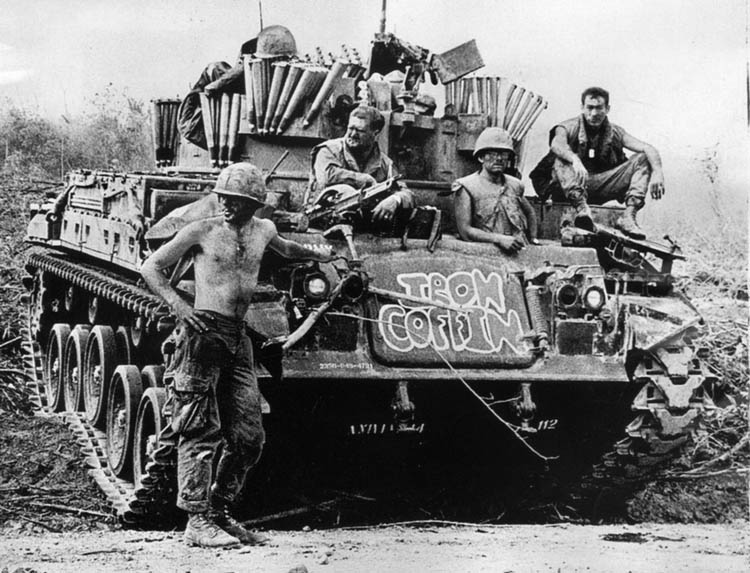
The vehicle carried a pair of spare barrels in the turret. The barrels had an average life of 12,000 rounds. Unfortunately for the personnel manning the Bofors, the top of its turret was an open box, so both gunners and cannoneers wore flak jackets as additional protection. The turret could traverse 360 degrees in 40 seconds. Like the guns, the turret’s movement was powered hydraulically, but it could be operated manually in case of a hydraulic failure.
Designed to hold 480 rounds of ammunition, the vehicles were crammed with ammunition cases in every conceivable and available space. Fired from four-round clips, high explosive tracers and armor-piercing tracers were the two types of ammunition commonly employed. An M60 machine gun served as a secondary weapon. The rest of the M42 crew was well protected in a welded steel hull. The thickness of the hull ranged from one inch on its lower portions to one-half inch on the upper section.
Powered by a 500-hp, six-cylinder, air-cooled gasoline engine, the M42 had a top road speed of 45 miles per hour. With a fuel capacity of 140 gallons, the vehicle possessed a maximum operational range of 99 miles. The M42A1 had a combat weight of 49,500 pounds. A ground clearance of approximately 17 inches helped reduce the effects of mine detonations. Like other armored fighting vehicles, its interior was divided into three compartments. With the engine, transmission and fuel tanks in the rear compartment, the base for the twin gun mount and stowage comprised the M42’s center compartment. The front compartment held the driving controls, instrumentation, and radio. The driver was situated to the left of the commander. In theory, the commander also was the radio operator, but if the commander was preoccupied directing fire from the turret, then the driver could also call in air and artillery strikes. Alongside him was the gunner, as well as one or two cannoneers, who fed ammunition into the Bofors.
The M42 entered service with the U.S. Army in late 1953. A new 500-hp Lycoming engine, as well as a few other key upgrades, resulted in its re-designation as the M42A1. The General Motors Tank Plant in Cleveland produced the M42A1 from 1952 to 1959. During that time, the plant produced 3,700 M42s and M42A1s.
After the next-generation, self-propelled version of the MIM-23 Hawk surface-to-air missile went into service in 1960, the M42A1 was transferred to National Guard and Reserve units.
By 1963, the Duster was removed from active duty. But when U.S. military forces in South Vietnam found the Hawk to be inadequate for defending against low-level air strikes, they pressed the M42A1s back into service.
Three air defense artillery battalions soon deployed to South Vietnam. The units began arriving on November 7, 1966, with the deployment of 1st Battalion, 44th Artillery. As part of the First Field Force Vietnam, the battalion was assigned to support the 3rd U.S. Marine Division. This unit, in which both Geiger and Belardo served, was based out of Dong Ha in Quang Tri Province. The battalion was tasked with helping keep open Route 9, which connected Marine outposts on the coastal plain directly south of the DMZ, such as Cam Lo and Camp Carroll, with Khe Sanh in the mountains to the west.
The 5th Battalion, 2nd Artillery (5/2nd) also arrived in November 1966. The unit was based around Bien Hoa Air Base, which was located north of Saigon. Under III Corps Tactical Zone in the Second Field Force, some of its units also served the southern Saigon region. Among the locations it saw action was Lai Khe Combat Base, on Highway 13 north of Saigon, in 1969.
The third air defense artillery battalion equipped with Dusters to serve in South Vietnam was 4th Battalion, 60th Artillery (4/60th). The unit arrived in country on March 11, 1967. Also deployed with the First Field Force, the 4/60th operated in the Central Highlands. From its arrival in 1967 until late 1970, the battalion was based in An Khe in the II Corps Tactical Zone. In late 1970, the unit was transferred to Tuy Hoa, where it remained until its departure on December 21, 1971.
Augmenting each battalion was a battery of Quad-50s, as well as a searchlight battery. The Dusters and Quad-50s complemented each other quite well: The thick vegetation along the roads in South Vietnam tended to detonate the 40mm rounds prematurely, while the Quad-50s could fire through the obstructions. In so doing, they cleared a path through the brush and elephant grass for the Dusters to be effective. One of the limitations of the Dusters was that its main guns could not shoot at targets closer than 88 feet; the Quad-50s also compensated for that limitation.
Each air defense artillery battalion had four line batteries and a headquarters battery. At full strength, each of the line batteries had 64 Dusters. Approximately 200 Dusters were available to American ground forces during the conflict.
Since the threat of ground strikes from North Vietnamese aircraft was virtually non-existent, the M42A1 battalions were placed in the role of ground support. Although Duster crews would never refer to themselves as tankers due to the open turret, circumstances dictated that these vehicles often be deployed as if they were heavy armor. In I Corps, Dusters routinely escorted Marine convoys along routes 1 and 9, and also furnished badly needed perimeter security for Marine combat bases. Typically operating in pairs, M42A1s also participated in search-and-destroy and rescue missions.
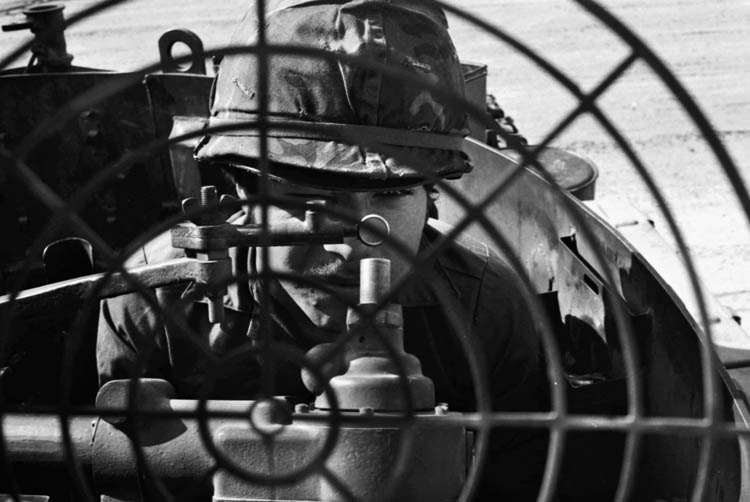
A week before the Tet Offensive, SP4 Belardo fought and was wounded in a vicious battle during the rescue of an ambushed convoy on January 24, 1968. With a second M42A1, a pair of M48 Patton tanks and a squad of Marines, the force left Dong Ha and was ambushed by the North Vietnamese. The enemy destroyed a Duster and a Patton. Belardo’s Duster and the remaining Patton fought for most of the day, knocking out several enemy rocket teams. During the intense battle, Belardo used his vehicle’s M60 to good effect against attacking NVA.
Running low on ammunition, Belardo drove to meet a stranded ammunition truck and then returned to defend the ambushed Marines. The Duster swept the brush to eliminate any lurking enemy troops. Although the vehicle’s Bofors had recently been replaced, the barrels had not been degreased; after several hours of firing, the 40mm clips began to jam. To fix the jam, Belardo had to painstakingly remove the jammed rounds. Unfortunately, a pair of rounds exploded in the red-hot barrels, injuring Belardo a second time. Another rescue mission was launched to rescue the besieged troops. By the time it was all over, 11 M42A1s, five Quad-50s, and 152 troops had been involved. They had expended 20,000 40mm shells and 28,000 .50-caliber rounds in an action that cost them 17 killed and 55 wounded. By the end of their tours in South Vietnam, the three battalions employing M42A1s had lost several vehicles and suffered approximately 200 men killed in action.
Developed in the early 1950s as an upgrade to an existing weapon, the M42A1 had a long career, finally retiring in 1988. Whereas it started out as a self-propelled anti-aircraft vehicle, circumstances in the Vietnam War altered its primary purpose to ground support. To the American troops, especially the Marines, the Duster was a much-welcome ally and weapon. To those on the receiving end of its lethal and accurate firepower, it was a Fire Dragon to be feared and respected.
